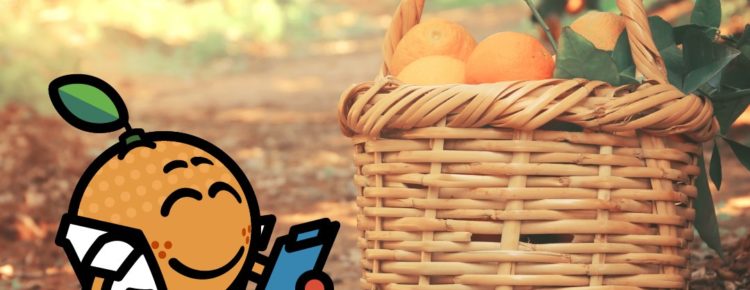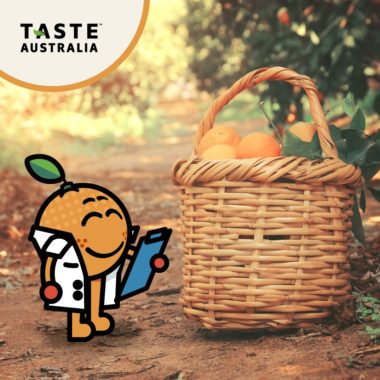The first Australian citrus trees were planted in the late 1700s. Today, 2000 growers annually produce 600,000 tonnes of high quality citrus fruit with oranges being the most produced citrus variety. (76%). The main variety of orange is the Navel which is usually seedless, easy to peel, skin, very sweet juicy flesh, and a small protrusion at one end that resembles a human navel (hence the name of this variety)
Australia’s diverse climate and pristine natural environment provides quality conditions needed to produce high quality oranges. South-east Australia is the major growing region – the Murray Valley of Victoria, the Riverina of New South Wales and the Riverland of South Australia.
An orange tree grafted onto rootstock may take three years to begin producing fruit, whilst a tree grown from seed can take up to 15 years! Initially, a navel orange tree may produce as little as 9 kilograms of fruit, however when it is mature, this may increase to 180 kilograms per tree. Australian Navel Oranges are available and in season from June to October each year.
Application and recipes
Australian oranges are incredibly versatile, making them the perfect anytime snack or addition to sweet or savoury dishes. Oranges are a great alternative to a quick fix sugary drink or a chocolate bar as they contain carbohydrates and B vitamins.
Must try recipes can be found at http://www.oranges.com.au/recipes.
Health benefits
Australian oranges are famous for its high Vitamin C content and natural flu-fighting properties. They are also high in antioxidants, fibre, folate and potassium. Australian oranges have numerous health and nutritional benefits including:
● Nutrient density which is great for weight control
● Good source of folate which is perfect for pregnant women (may help prevent spina bifida) and the rest of the family (helps the immune system and heart)
● Great for blood pressure control with high potassium and low salt
● Rich in antioxidants which helps keep you fit and healthy throughout the year.
Selection and storage at home
1. Make sure to select fruit that has bright orange skin, is firm, and feels heavy for its size (avoid dry, wrinkled or softer looking oranges as they do not ripen further after harvest.).
2. Oranges can be stored for up to two weeks at room temperature, and longer when refrigerated.
● Store oranges unwashed as moisture on the skin can lead to mould.
● Either peel or wash oranges in cool water before slicing. If cutting, use a clean cutting board to prevent cross-contamination.
● Do not freeze oranges or store them below 3°C.
#TasteAustralia #AustralianNavelOranges @TasteAustraliaPhilippines #SingleMomSuperMom @SingleMomSuperMom




